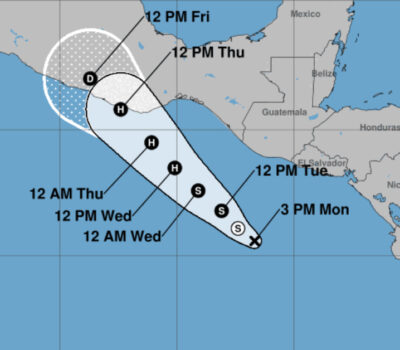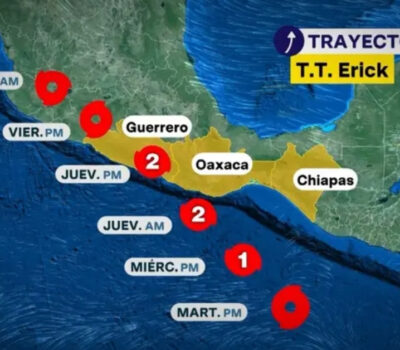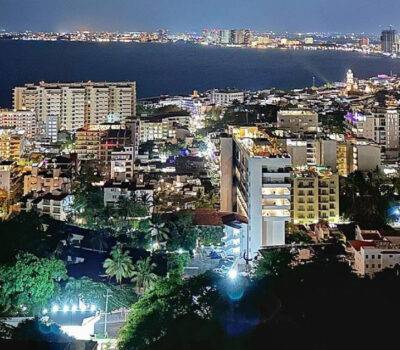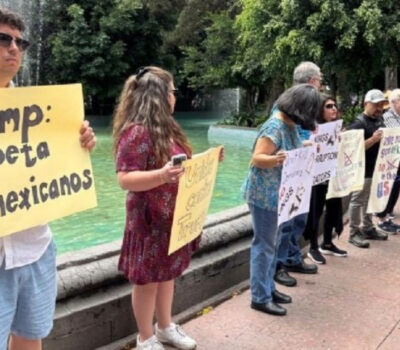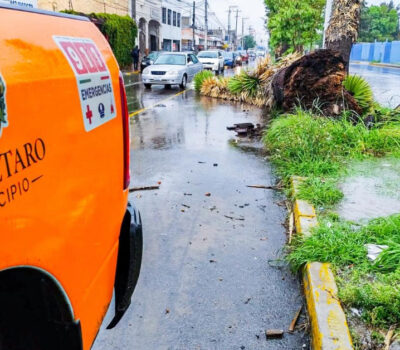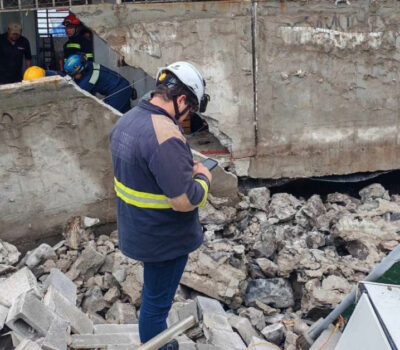For expats moving to Mexico, the public healthcare system can be an accessible and affordable option for maintaining health and well-being. Mexico offers a comprehensive public healthcare system that provides various services through institutions like the Mexican Institute of Social Security (IMSS) and the Institute of Health for Well-being (INSABI). Understanding how the system works, eligibility requirements, and potential limitations can help expats make informed decisions about their healthcare options in Mexico.
IMSS is the primary healthcare provider for employees in Mexico, including both Mexican nationals and foreign residents who work in the country. For expats who are formally employed, IMSS coverage is generally provided as a benefit by their employer, with a portion of the costs covered through payroll deductions. IMSS offers a wide range of healthcare services, including primary care, specialist consultations, surgeries, hospitalization, and prescription medications. Expats who are self-employed or retired can also voluntarily enroll in IMSS by paying an annual premium. While IMSS can provide a reliable level of care for many needs, the system sometimes experiences longer wait times, particularly for specialist appointments or non-urgent procedures.
INSABI is an alternative public healthcare option that provides free or low-cost medical services for Mexican citizens and legal residents without IMSS coverage. Unlike IMSS, INSABI does not require enrollment or premium payments, making it a more accessible choice for those who may not be eligible for or prefer not to participate in IMSS. However, INSABI’s services are more limited, particularly when it comes to specialized treatments or complex medical procedures, which may lead some expats to supplement their public healthcare with private insurance or out-of-pocket payments for certain services.
While public healthcare in Mexico offers an affordable solution, expats should be aware of potential challenges. Public hospitals and clinics, especially in rural areas, may have limited resources or older facilities compared to private hospitals. For expats in major cities, the level of care at IMSS and INSABI facilities is generally better, but wait times can still be an issue. To navigate this, many expats choose to use public healthcare for routine or minor medical needs while relying on private care for specialized treatments, surgeries, or more urgent situations.
To get the most out of Mexico’s public healthcare system, expats are encouraged to familiarize themselves with local facilities, register for services early if using IMSS, and plan for possible wait times. Having basic Spanish proficiency can also help, as not all public healthcare providers speak English. In major cities, however, it’s easier to find bilingual medical professionals.
For those seeking a cost-effective healthcare solution, the public healthcare system in Mexico can be an invaluable resource. While it may require some patience and adjustment, understanding its structure, benefits, and limitations can help expats make the best use of this affordable healthcare option, ultimately contributing to a healthier and more secure life in Mexico.
Checklist:
- IMSS Voluntary Enrollment
- Eligibility: Available to residents with a Temporary or Permanent Resident visa.
- Process:
- Visit a local IMSS office with required documents (passport, residency card, proof of address).
- Complete the application and pay an annual fee (approximately $400 to $500 USD per person).
- Coverage: Includes medical consultations, hospitalization, surgeries, and medications.
For expats moving to Mexico, the public healthcare system can be an accessible and affordable option for maintaining health and well-being. Mexico offers . . .




